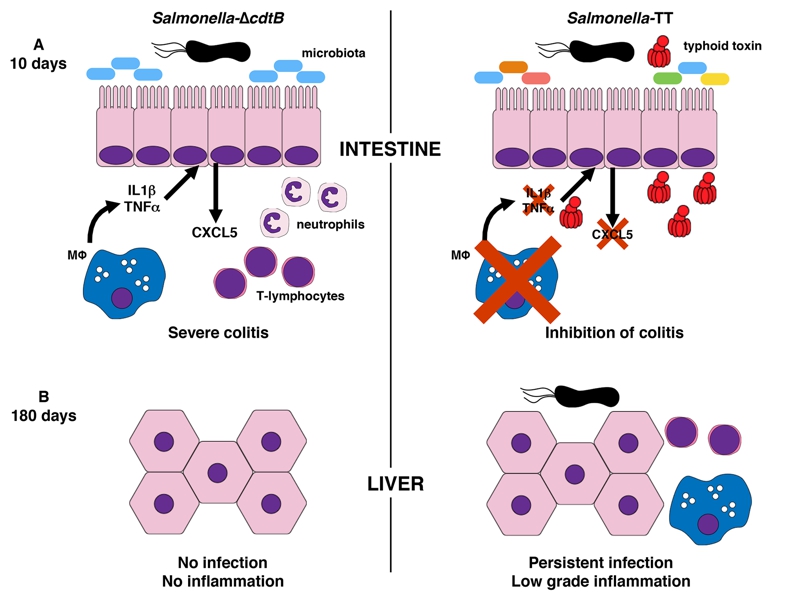FIGURE 1: Schematic representation of typhoid toxin function in vivo.
(A) Intestine. Mice infected for 10 days with the control ΔcdtB S. Typhimurium (left panel) present severe intestinal inflammation, characterized by the recruitment of neutrophil, macrophage and T lymphocytes at the lamina propria. Transcripts levels of pro-inflammatory cytokines (e.g. Tnfa and Il1b) and chemokines (Cxcl5) are also increased compared to the levels observed in mice infected with the genotoxic strain (right panel). The reduced inflammatory environment in mice infected with the genotoxic strain is associated with a different composition of the gut microbiome.
(B) Liver. At 180 days post-infection, the presence of the typhoid toxin promotes the establishment of a chronic asymptomatic infection, associated with a low-grade hepatic inflammation, characterized by infiltration of macrophages and T lymphocytes, and increased mRNA expression of pro-inflammatory mediators.

